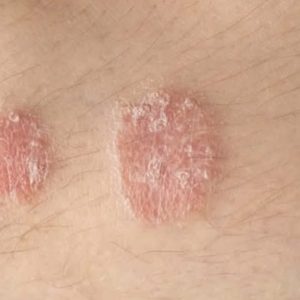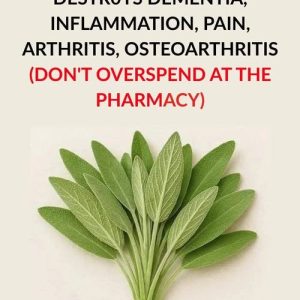Cassava, a starchy root consumed by more than 500 million people worldwide, is known as the “world’s deadliest food.” Despite its popularity, experts warn that cassava can be lethal if not prepared properly. As the article notes, “cassava contains parts that produce hydrogen cyanide if consumed improperly,” making it dangerous when raw or underprocessed.
According to the World Health Organization, “around 200 people die each year from cassava poisoning.” The risk increases in regions facing famine or war, where safe preparation steps are skipped. Improperly processed cassava can cause cyanide poisoning and trigger “konzo,” a neurological disease leading to sudden leg paralysis, especially in communities with low-protein diets.
To make cassava safe, it must be “soaked for up to 24 hours” and carefully processed to remove its natural toxins. While the plant poses deadly risks, millions continue to rely on it as a vital food source due to its affordability and accessibility.
Experts emphasize that with proper preparation, cassava can remain a safe and essential part of diets around the world—“awareness and correct preparation methods are key to reducing poisonings.”




